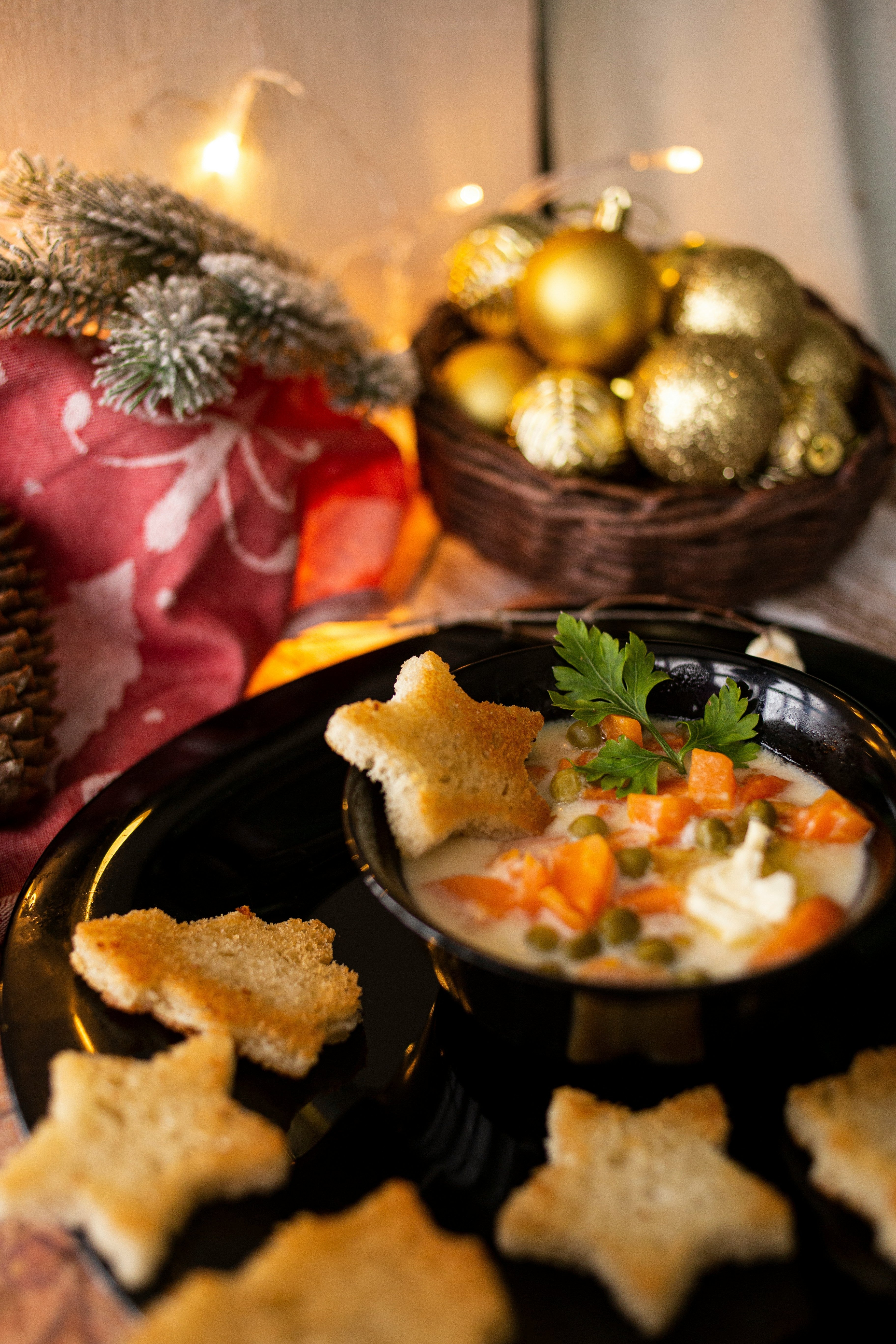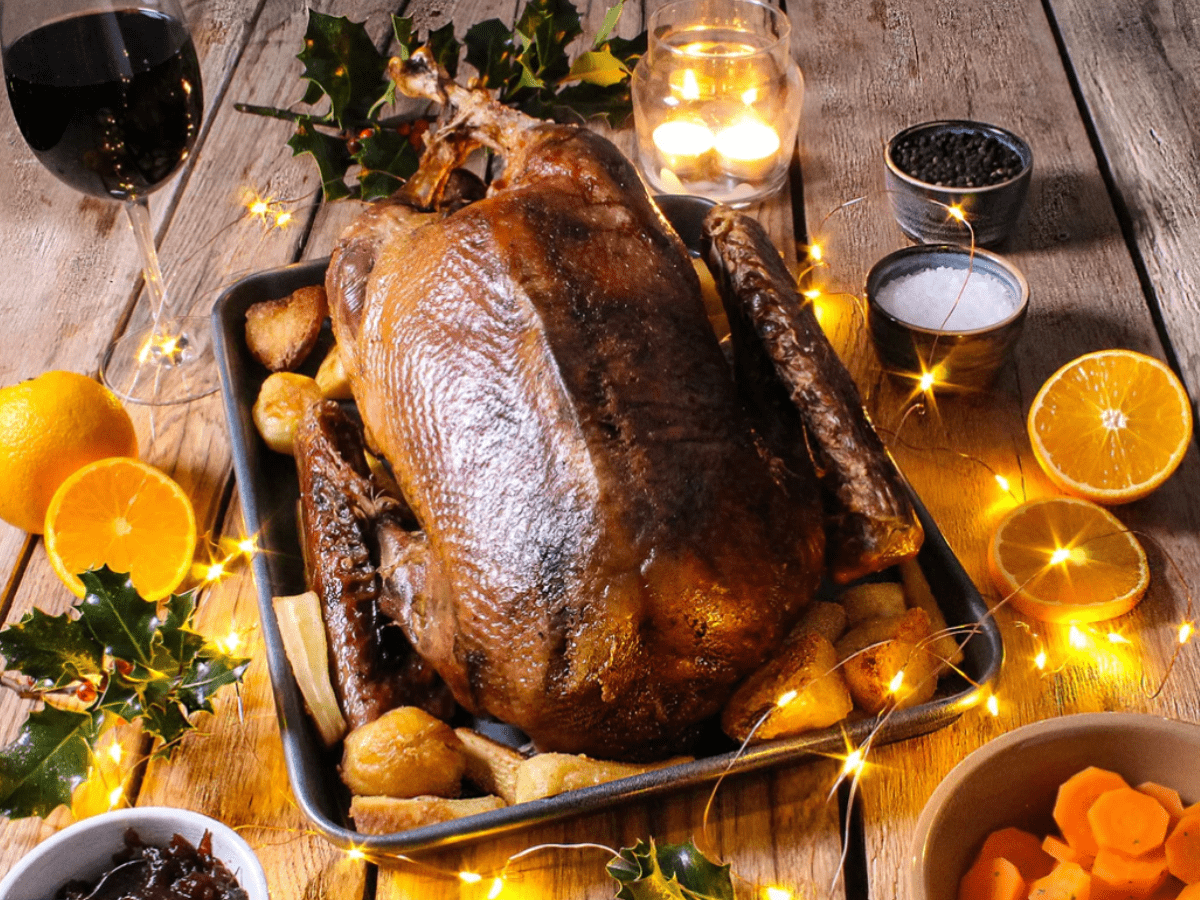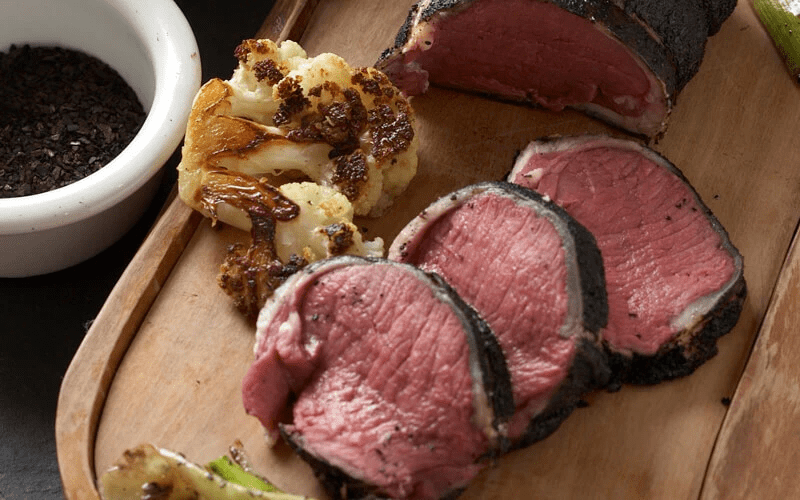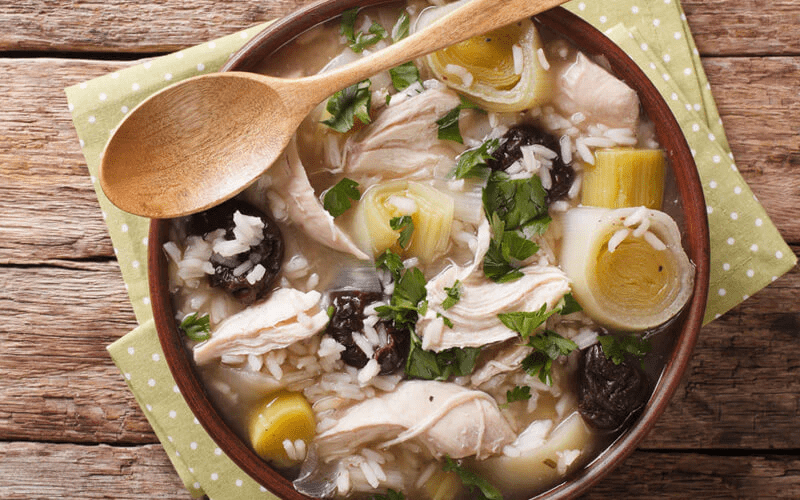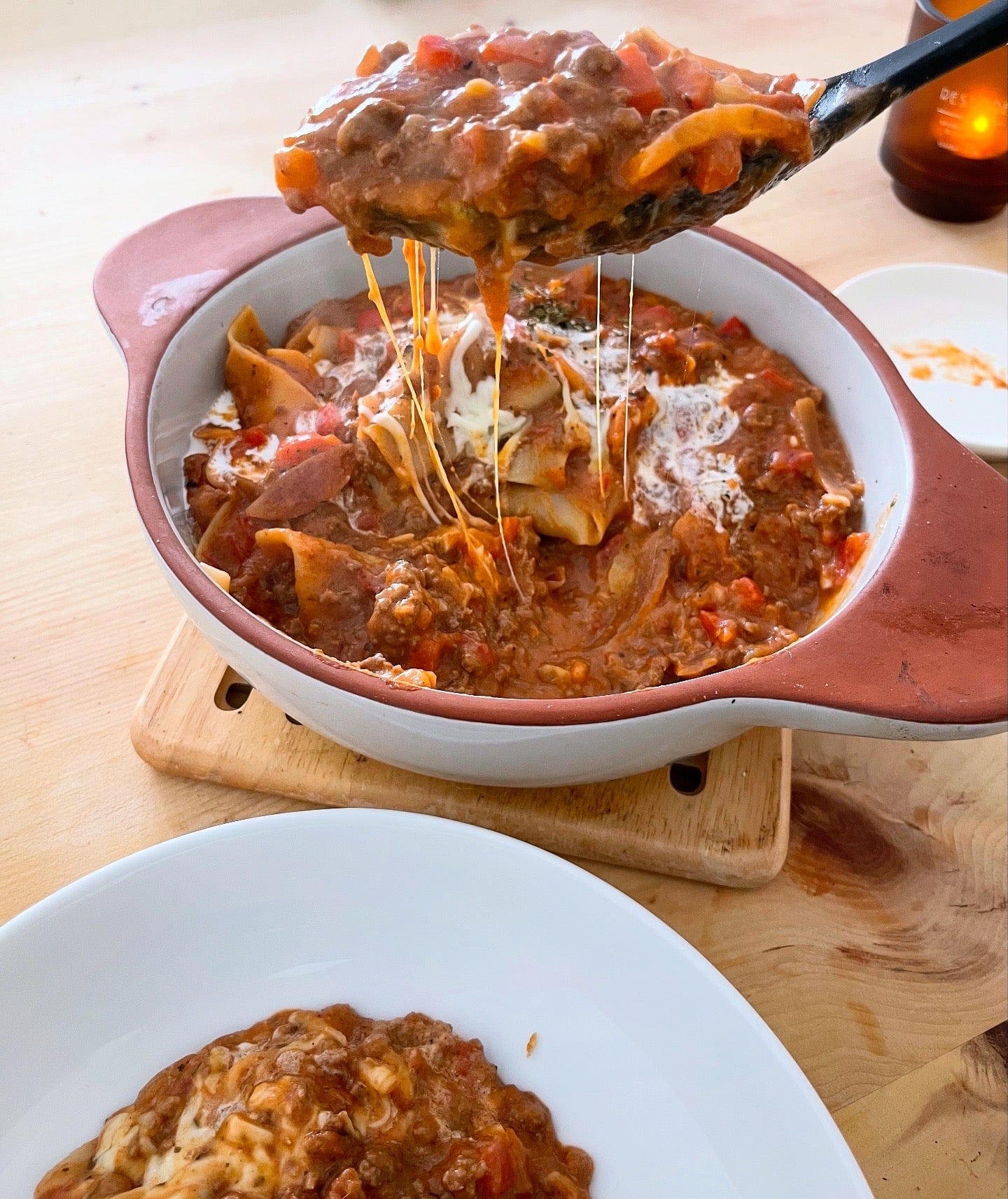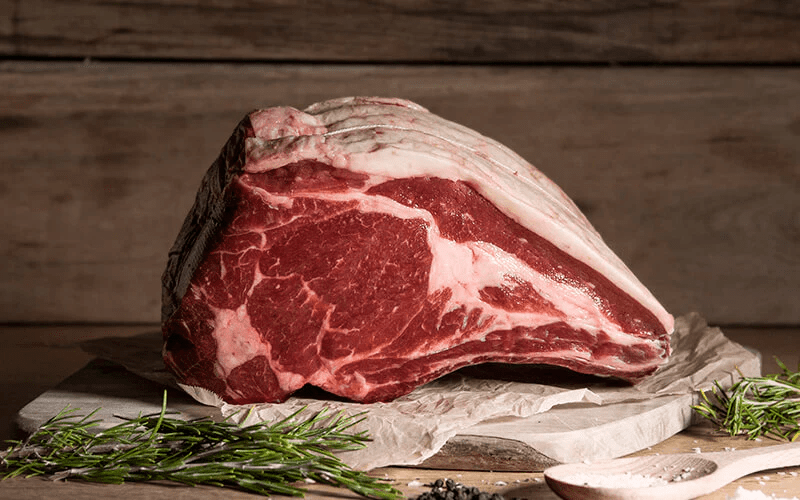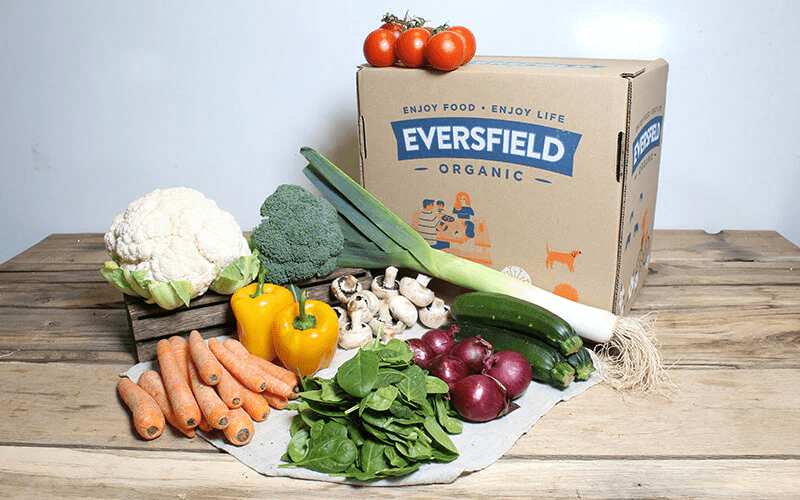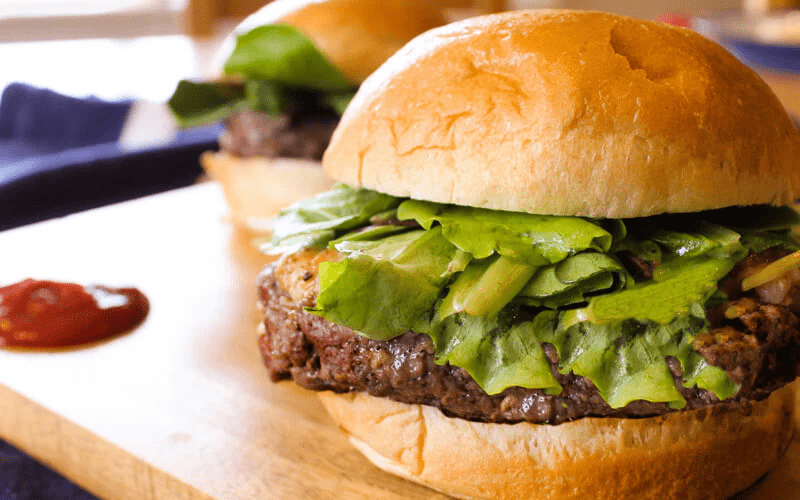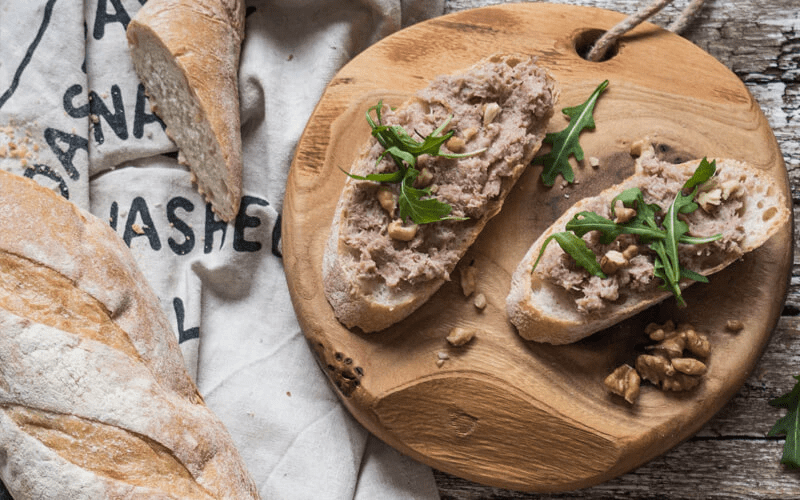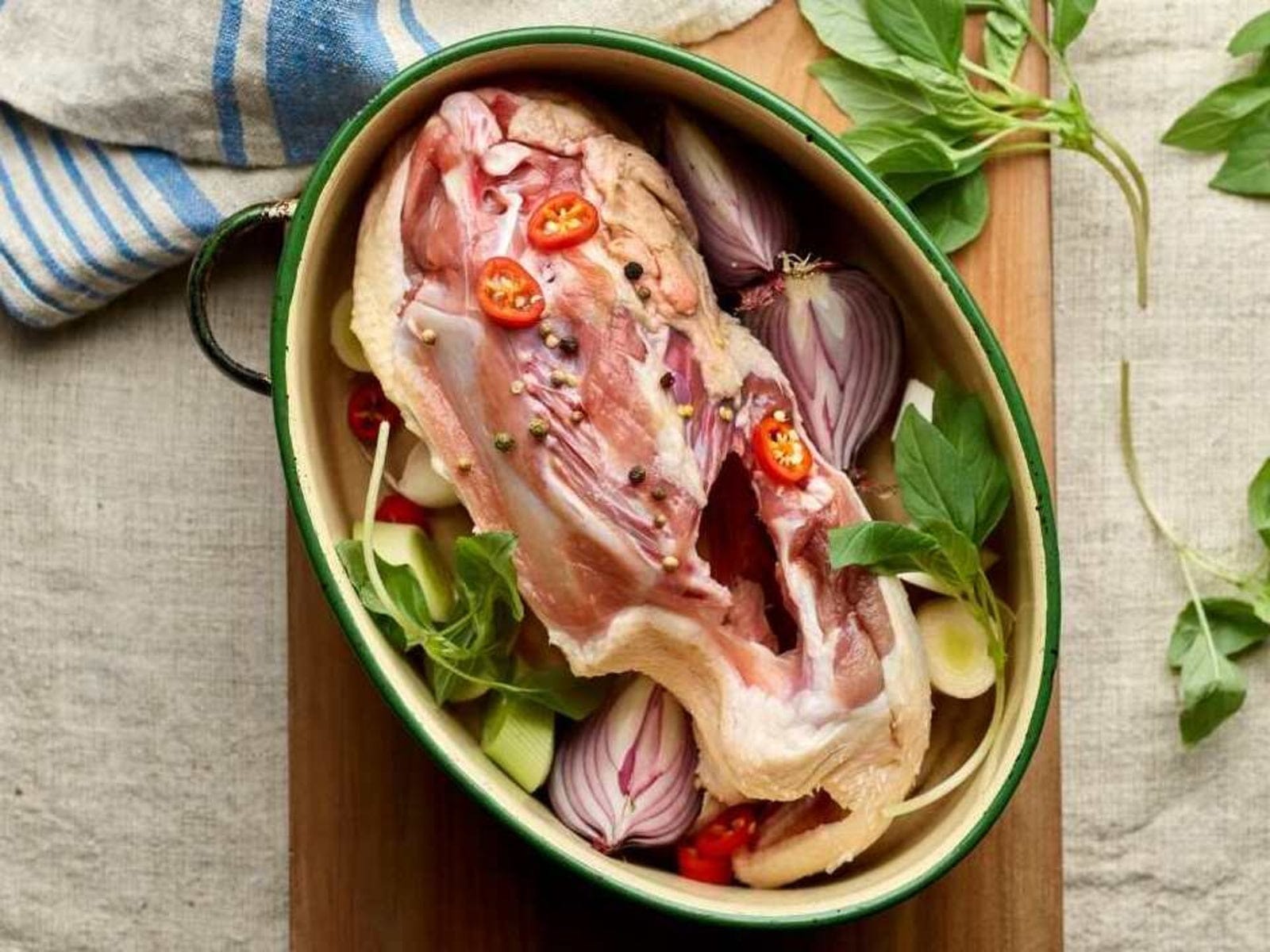
Eversfield Organic
Organic Duck Stock Bones, Previously Frozen
✅ UK wide delivery
✅ Select delivery date at checkout
Choose options
✅ UK wide delivery
✅ Select delivery date at checkout
✅ UK wide delivery
✅ Select delivery date at checkout
Our ducks are from a local farm, nestled away in the depths of Devon. These organic duck stock bones are great for bubbling up at home, making your own nutritious stocks and stews.
Good To Know
Ingredients & Nutritional's
Organic and free-range Duck.
How To Store
Our Duck Stock Bones are sent on the defrost and will arrive with a 2-day shelf life (including the day of delivery).
Our Farms & Suppliers
From an organic parent flock of Peking ducks, our ducklings arrive with our lovely farmer, Ross for a first week on the farm cosying up under heat lamps. On the East Devon farm, they then spend another week pottering indoors before they are ready to go wild exploring further afield on the Devon hills. With a fresh pool to splash and bathe in, and straw-filled houses to recline when all the frolicking gets too much, these ducks are a chilled-out bunch. Open fields to roam allow for a totally organic and natural development. The riverbed of the Otter is the perfect backdrop for slow-growing growing plump, well-fed ducks
How To Cook
We recommend:
Duck Stock Recipe
Ingredients:
- 2-3 duck bones
- 1 onion (quartered, skin on)
- 2 carrots (roughly chopped)
- 2 celery stalks (roughly chopped)
- 4-5 cloves garlic (crushed, skin on)
- 2-3 bay leaves
- 1-2 sprigs fresh thyme (or 1 tsp dried thyme)
- 10-12 whole black peppercorns
- 1-2 tbsp apple cider vinegar or white wine vinegar (to help extract minerals from the bones)
- Water (enough to cover the bones, about 10-12 cups)
Instructions:
1. Prepare the Ingredients:
- Roast the Bones (optional): For added flavour, you can roast the duck bones in a preheated oven at 200°C (400°F) for about 30-40 minutes until they are browned. This step is optional but enhances the depth of flavour.
2. Combine Ingredients in a Pot:
- In a large stockpot, add the duck bones, onion, carrots, celery, garlic, bay leaves, thyme, peppercorns, and vinegar.
3. Add Water:
- Pour enough cold water over the ingredients to cover everything by about an inch (approximately 10-12 cups).
4. Simmer:
- Bring the pot to a gentle boil over medium-high heat.
- Once boiling, reduce the heat to low and skim off any foam or impurities that rise to the top. This will help clarify the stock.
- Simmer uncovered for about 4-6 hours. The longer you simmer, the richer the stock will be. You can simmer it for up to 8 hours if desired.
5. Strain the Stock:
- Once the stock is ready, remove the pot from heat.
- Use a fine-mesh strainer or a cheesecloth to strain the stock into another pot or large bowl, discarding the solids (bones and vegetables).
6. Cool and Store:
- Allow the stock to cool to room temperature, then transfer it to airtight containers.
- Refrigerate for up to 5 days or freeze for longer storage (up to 3 months).
7. Skim Fat (Optional):
- If refrigerated, the fat will rise to the top and solidify. You can skim off this fat for a leaner stock or leave it for added richness in your recipes.
Uses for Duck Stock:
- Use duck stock as a base for soups, sauces, and stews.
- Substitute duck stock in place of chicken or vegetable stock for added flavour in risottos, grains, and braised dishes.
- It can also be used in gravies, marinades, and to enhance the flavour of sautéed or braised vegetables.




